Aren’t There More Important Things to Worry About than Grass?
I’ve never cared much for my lawn before. When I was younger (because I was told to) I mowed my parents’ and grandparents’ lawns, and even mowed for a lawn care company. But this Spring when a sea of dandelions washed over my lawn, I took it personally.
The following is what I’ve learned about cultivating pride in your yard’s turf, and turning your weed-patch into a respectable lawn.
Admitting You Have a Problem:
I like to golf. Golf courses typically have very nice turf. So when an army of yellow flowers, clover, thistle, creeping charlie, and who-knows-what overtook my turf, my lawn stood in high-contrast with my course’s fairways. I decided I would have to go beyond simply mowing and trimming this year.
Tip #1: Mow High
- Set your mower to cut your grass at least 3″ high.
- Once you get your weeds under control, tall grass helps to shade out new weed upstarts.
- This will also help to green the turf in prolonged dry spells.
- Furthermore, it promotes root growth (think of the height of your grass blades, and that’s about how deep the roots go).
EDIT: June 2011 – This year I’ve been mowing as high as I can set my Craftsman brand push-mower, and I’m surprised at how people have commented on how nice the lawn looks. I’m sure that I’m mowing at least 4 inches high now.
Tip #2: Kill Weeds
- As your weeds disappear, your grass will grow to fill in the gaps and new weeds will have less area to gain a foothold.
Killing Weeds:
This doesn’t happen overnight. When I decided to eradicate weeds, I researched “natural” and organic techniques, but decided that I needed to try chemicals first due to the extent of my infestation. I feel guilty about spraying chemicals on my lawn that will likely runoff to water supplies or wetland habitats, but I’m able to rationalize chemical herbicide usage for now.
This spring I started off with a “Weed & Feed” treatment. This is a bag(s) of granules with both fertilizer and herbicide mixed in. I used a broadcast spreader to apply this to my lawn, and followed manufacturer directions on how much to put on each 1,000 sq/ft. After about a week I noticed a lot of the dandelions started to curl and wilt. after 2 or 3 weeks, I felt that the herbicide had done all it was going to do. This is when I began Spot Spraying.
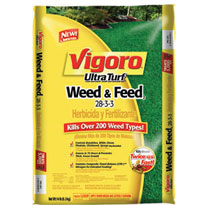




Here’s how I’ve spot sprayed this year:
I got about 20 ounces of 2,4-D and a hand-held sprayer, and I’ve been mixing in about 3-4 ounces of liquid 2,4-D to 1 gallon of water and then spray this solution on remaining patches of clover, dandelions, thistles, and other broadleaf weeds. 2,4-D is a “Highly Selective” herbicide, meaning it selects broadleaf plants, but does little-to-no harm to grasses. Contrast this with Roundup, which will kill almost any plant (non-selective). I obtained the liquid 2,4-D from a family member who is a farmer. I’m not sure how everyone else gets their hands on this chemical in its isolated form, but it’s available in plenty of store-bought herbicides (like Ortho “Weed-B-Gon”)
More 2,4-D info:
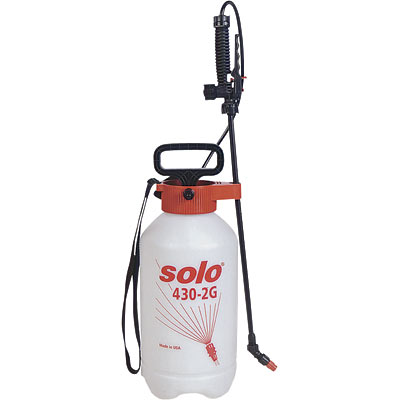



Of course, I don’t have a 100% weed-free lawn, and I never expect to. I just want to create the environment that encourages my turf to grow in thick and choke out unwanted plants. As this continues, weeds become less of a problem and more of an ongoing minor-maintenance issue.
By next Spring or Summer, I plan to start using home-made “organic” herbicides. This involves something along the line of mixing vinegar, dish soap (to stick to leaves), and possibly citrus or clove oil mixed with water. I’ll probably update with my experience at that time.
Tip #3: Plug (or) Core Aerate Your Lawn
- De-compact your soil, which aides root growth
- Allow air molecules, moisture, and fertilizers to get to your turf’s roots
- Let subterranean microbes to the surface to break down the thatch layer
- Set the stage for over-seeding
Aerating Your Lawn:
Typically turf aeration is recommended for Early Spring or Fall. There are 2 reasons for this:
- Grass is “dormant” in the Summer and Winter
- There’s typically more moisture / rain in the Spring and Fall
I chose to ignore this advice and aerate in mid-June because after a prolonged dry spell for most of May, June has been very wet, and I expect the grass to grow just fine when it gets this much rain.
When core aerating, you want very moist soil, but not muddy soil. If you have to water a lot the day before you aerate, so be it. I prefer to let Nature prepare my lawn with heavy rains, but not everyone enjoys my climate. And remember to aerate in multiple directions across your lawn.
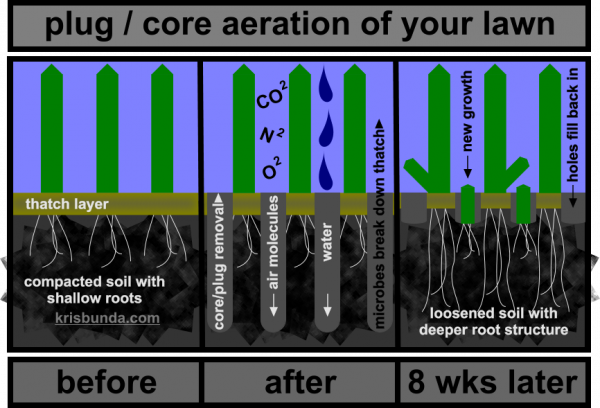



You can hire a local lawn-care company to aerate your lawn, or you can buy an aerator (what I did). Below is a photo if the model I purchased. I found it online from the Home Depot, and it was more affordable than any similar brand’s models. This model is manufactured by Brinly, and has worked well for me.
What I found when looking to get my yard aerated is that paying a company to aerate my approx. 10,000 sq/ft lawn would cost about $80, and I wasn’t sure how thorough they would be. Since I found a 48″ aerator for $130, I figured I’ll be money-ahead after 2 aerations (and if I do a poor job, it’s MY job).




Tip #4: Over-Seed Your Lawn
- Fills in and re-invigorates your turf
- Use decent quality seed which is appropriate for your climate
- Over-seed within a few days to a few weeks after you’ve plug-aerated
- Water well (if Mother Nature isn’t providing rain)
- Apply between 1 and 4 pounds of seed per 1,000 sq/ft. (you be the judge)
I live in the northern part of the country, so I sewed an “Athletic Mix” of Tall Fescue and Kentucky Blue Grass. If you live in the South, you’ll likely plant something like Zoysia, St. Augustine, or Bermuda. This subject is all about personal preference and geographical locale.
What IS important when you’re seeding (or over-seeding) is that your seeds land in an area where they can be surrounded or covered with loose soil. This is why I over-seed after plug aerating, because there’s a lot of soil cores laying on top of the lawn, and with mowing and rain, those cores will pulverize and refill the holes. Combine this with water, and it will provide a fertile place for seed to germinate. Spreading seed on top of compacted soil, or not at-least raking the seeds into loose topsoil will yield poor results.
For real and effective over-seeding, you need to rent an Overseeder machine. For more on this topic, click here.
Tip #5: Get Your Soil Tested (If Necessary)
- Take soil samples from different areas of your lawn and pay your local extension office to test them
- When you find out your soil’s pH level, you’ll know whether to add Lime or Sulphur
Turf grasses typically thrive in soil with a pH between 5.5 and 6.5 (slightly acidic). If none of the other tips have helped you achieve your desired lawn (and do yourself a favor and give it a few months to evaluate), then you may have a soil pH issue, or an insect issue (like grubs). I’m not going to discuss turf-insect-infestation problems in this article, as I have no experience with it. But, I can provide links to helpful info on soil pH and County Extension Offices.
Soil pH links:
- Purdue Turfgrass Science Program: Soil Testing For Lawns (PDF)
- eXtension.org: Raising Soil pH and Soil Acidification
County Extension Office links:
- eXtension.org (at the top of the screen: click on “Find a U.S. Institution”)
- USDA Cooperative Extension Office Locator
Conclusion:
Let me know if I’ve left something out, and if you have related tips, or questions. Remember, I’m not a lawn care expert, just printing about what worked for me.

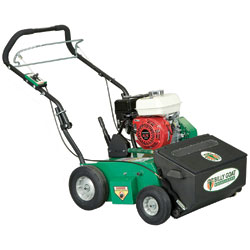
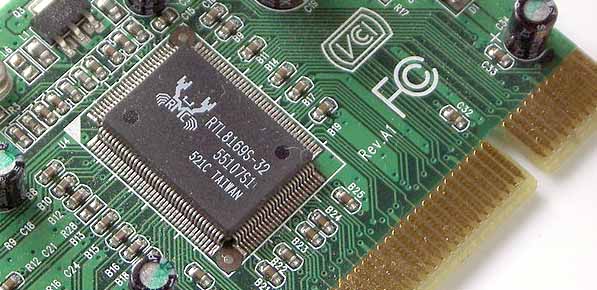
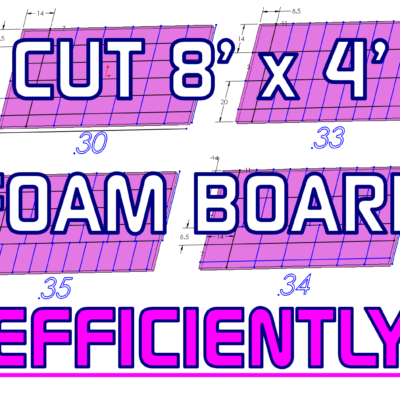





webdesign trends
In searching for sites related to web hosting and specifically comparison hosting linux plan web,
your site came up.
You are a very smart person!
Schedule
Maybe you could edit the webpage subject Explanation Image: plug / core aeration of your lawn | Designer Rants to more catching for your content you write. I enjoyed the post however.
admin
Thanks for the heads up. I changed the title of the page.
RiyaButler
Hi Buddies,
Just joined the gang. Hope to have excellent time here.
luv
Riya
Angelique Paskow
Thanks for your personal marvelous posting! I definitely enjoyed reading it, you will be a great author.I will always bookmark your blog and will come back later on. I want to encourage you to definitely continue your great work, have a nice holiday weekend!
#harrison22
Hey – I am definitely glad to find this. cool job!
Roppets
Love your post man. Would definitely try this at home.
Allison
Do you need to put some type of new grass food after seeding? Should you seed in the fall and in the spring? Is it ok to seed like this for overseeing and new seed on dirt?
Kris Bunda
I don’t know about the grass food, you should probably do more research if you think this is important for your area.. I’ve overseeded more times without fertilizing than I have with fertilizing. To me, it’s the watering that’s more important.
The Spring can be great if you live in an area that has “May Showers”, because then nature does the watering for you. Fall can be good, but rain isn’t always as plentiful. BE CAREFUL OF MUDDY LAWNS though. One time I made the mistake of renting an overseeder and the lawn was really saturated, and the seeder kept bogging down and getting stuck, digging in, no matter how high I set the blades (and then they’d be too high to cut seed trenches in other parts of the lawn). It was pretty worthless and made me realize you need to find the “Goldilocks” conditions of not too moist, not too dry–although dry is better than saturated.
I don’t know if you want to use one of these on bare dirt. Probably won’t hurt, and may still be good for breaking clods and cutting seed trenches, but make sure you do it when the dirt is pretty dry or it’ll be tough going (you’ll hate it). And you should research more about putting straw or some sort of material down to retain moisture in the dirt after seeding. It’s no fun if you get a lot of rain and it washes your seeds and topsoil down the street.